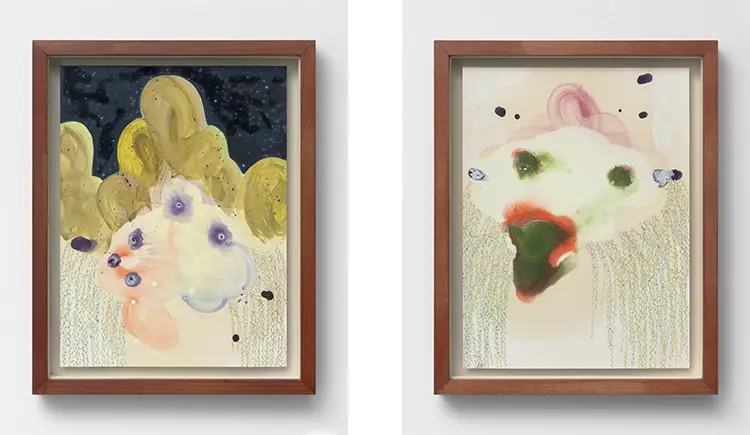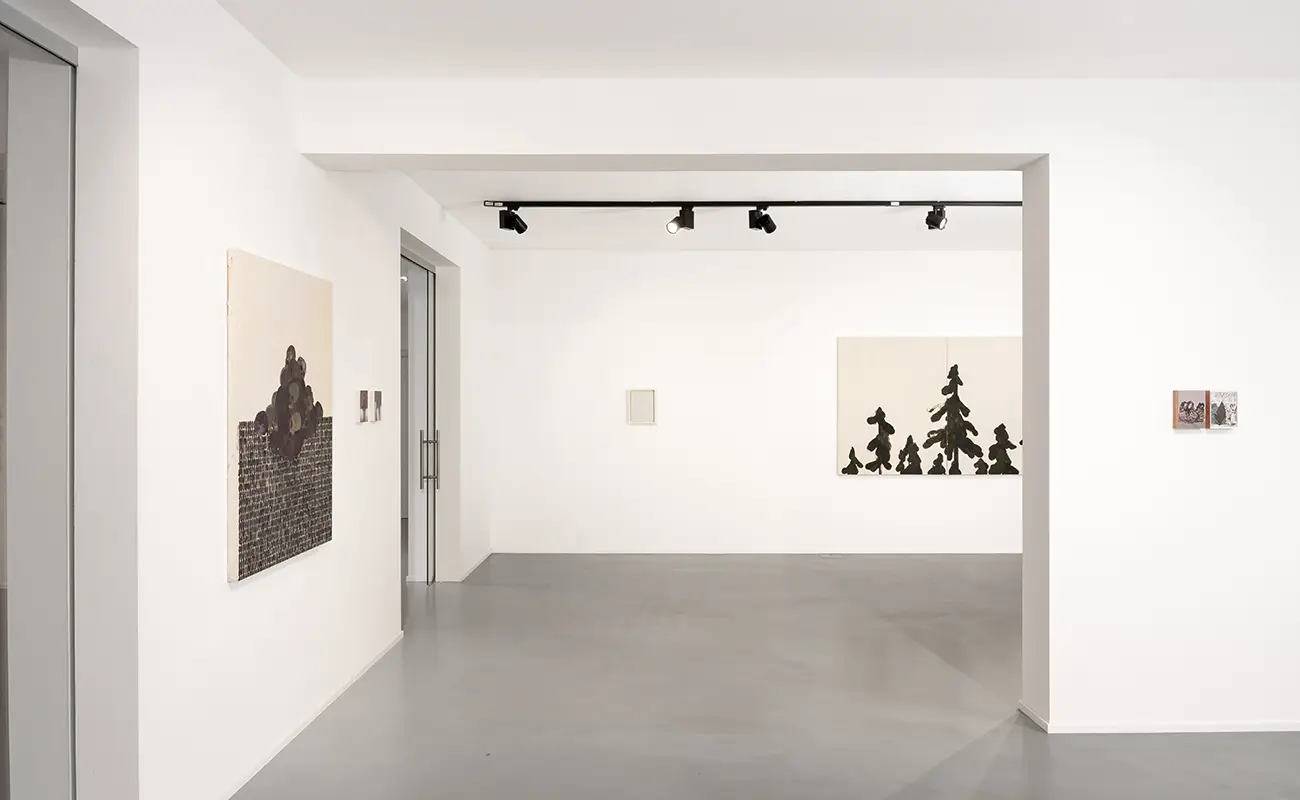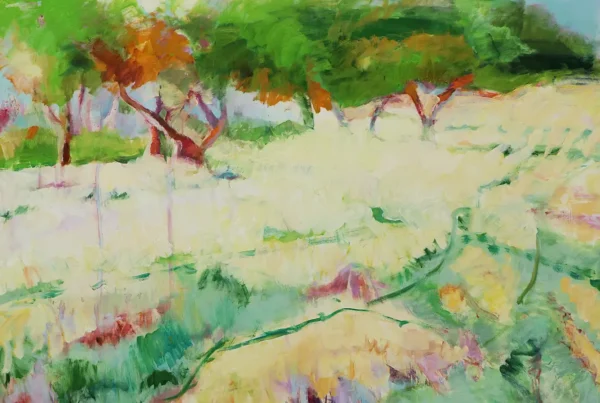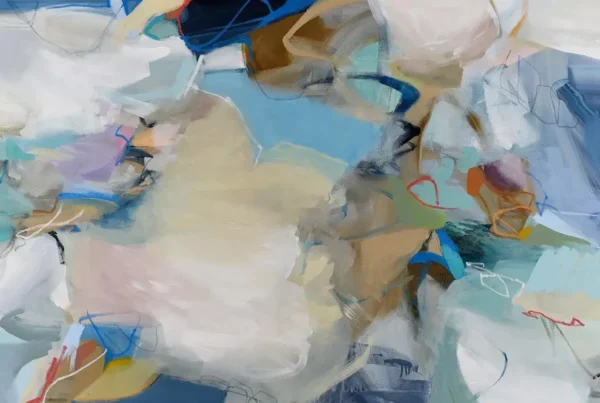“Ambition and curiosity are the key features to be an artist.”
The Alchemy of a Calling
From the earliest days spent immersed in color at her grandmother’s home, Elisa Bertaglia understood that art was more than a pastime—it was a necessity. Born in Italy in 1983, she cultivated her creative instincts despite limited formal opportunities in her hometown. Without access to an art-focused high school, she pursued a curriculum steeped in literature and science, allowing her to nurture a dual appreciation for narrative and analytical thought. Though these disciplines intrigued her, they only clarified her growing determination to embrace painting fully. The Academy of Fine Arts in Venice became her gateway, where she immersed herself in a rigorous and communal learning environment that demanded resilience and focus.
Within the crowded atelier led by Carlo Di Raco, Bertaglia honed her discipline under the pressure of sharing limited space with more than two hundred students. Ten-hour painting days became the norm, fortifying her commitment to her craft and sharpening her ability to adapt and persist. This physically and mentally demanding experience not only fostered technical growth but cultivated a profound respect for the creative journey. Her final thesis in 2009 explored this very environment’s influence, underlining how this close-quarters artistic dialogue with peers and mentors catalyzed her development. Far from resenting the challenge, she viewed the artistic proximity as a transformative force in her evolution.
Today, Bertaglia maintains her own studio, split between a home workspace and a dedicated ceramic studio in New York City. Yet she continues to seek the kind of meaningful interaction with other artists that once shaped her so profoundly. This ongoing exchange reflects her belief in dialogue as a vital component of artistic evolution. Her studio may now be more private, but her openness to influence and shared discovery remains undiminished. It is this consistent thread of collaborative inspiration that defines her journey from curious child to internationally exhibiting artist.

Elisa Bertaglia: Building a Life Through Art and Adversity
Ambition and curiosity have always been central to Elisa Bertaglia’s identity as an artist. For her, painting is not a passive act of creation—it is a comprehensive lifestyle requiring total commitment. From the outset, she envisioned a future exhibiting in galleries and museums, blending her craft with professional aspiration. That vision was neither romantic nor accidental. It grew alongside her passion, cemented during her years at the Academy, where she also met Gabriele Grones—an artist who would become both her husband and one of her most significant sources of inspiration. Their creative and personal partnership became the cornerstone of a life forged in mutual encouragement, discipline, and shared sacrifice.
Together, the couple built a career grounded in authenticity, often making difficult decisions in pursuit of their artistic ideals. Bertaglia’s first breakthrough came in 2009, when her installation Populus was selected for the Bevilacqua La Masa Prize. The installation—comprising small-scale paintings and drawings—marked her initial public recognition and led to her inclusion in a group exhibition in Rome. However, the excitement of early success was swiftly tempered by betrayal: a gallery director who showcased her work also stole part of her installation. That violation proved formative. Rather than retreat, she absorbed the hard lesson, realizing that the art world, while rich in opportunity, could also be unforgiving and ethically complex.
This experience ignited a deeper determination to navigate the professional side of art with vigilance and strength. Since then, Bertaglia has adopted a practical and strategic mindset while refusing to compromise the integrity of her work. The setbacks and victories alike have become essential to her growth, fueling a resolve that is visible in both her practice and her philosophical approach to art-making. She approaches each new challenge as a site of transformation, using both her failures and achievements to refine not just her technique, but her understanding of the artist’s role in society.
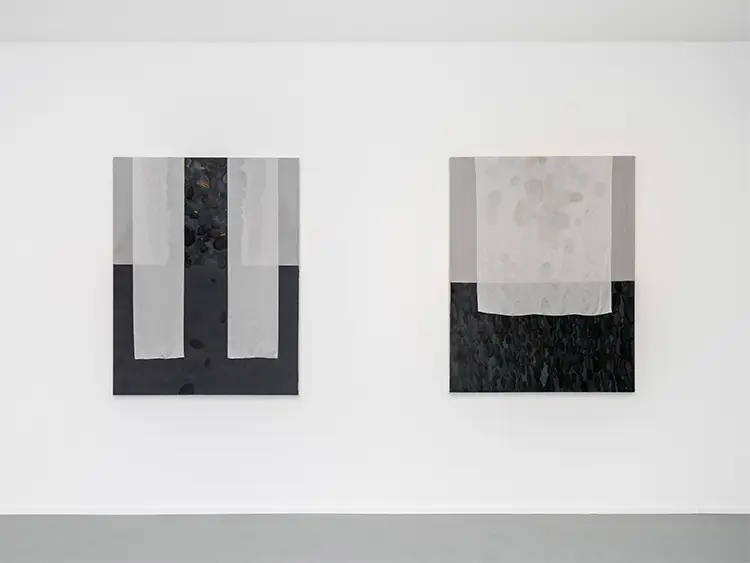
Art as Symbolic Cartography
Bertaglia’s evolving artistic practice is characterized by her fascination with symbolic communication, spatial composition, and the poetics of nature. While her early work centered around paper and canvas, her materials have since expanded to include copper, gold plates, cement, and clay. These diverse surfaces allow her to explore the boundaries between permanence and fragility. Her compositions often begin with an abstract flow—layers of poured pigment—that create an emotive base. Upon this surface, she introduces finely detailed botanical forms, lending her work a meditative rhythm and complexity. The plants are frequently imagined, their structures suspended between the natural and the surreal.
Through this fusion of abstraction and figuration, Bertaglia interrogates the limitations and potency of symbols in a contemporary context. Her work suggests that meaning is not static but generated in the dynamic convergence of signifier and interpretation. The influence of Eastern philosophies—particularly those that challenge linear perceptions of time and space—infuses her compositions with a sense of open-ended stillness. The symbolic threshold, a recurring concept in her research, becomes a point of entry and confrontation, where the boundaries between meaning and ambiguity blur. In this space, the artist constructs visual narratives that speak to memory, identity, and the distortion of cultural symbols.
Cinema, literature, and music remain essential to Bertaglia’s conceptual engine. Authors and filmmakers such as Patricia Highsmith, Bernardo Bertolucci, and Han Kang shape her thematic investigations, while Italian songwriters from the 1980s echo through her current creative phase. These influences feed into her practice not merely as references, but as parallel systems of storytelling that inform her visual syntax. Each medium—be it sound, text, or image—offers a language that she draws upon to deepen the metaphysical and emotional resonance of her work. In this way, her art becomes a form of cartography—mapping the intersections of image, memory, and meaning.
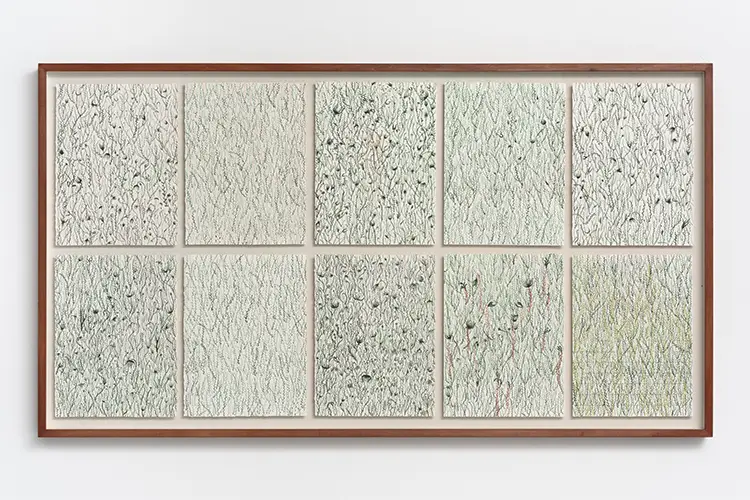
Elisa Bertaglia: The Spell and the Sun
Among Bertaglia’s most personally significant works is The Spell, a polyptych composed of ten sheets of acid-free cotton paper housed within a singular reddish wooden frame. Each sheet carries intricately painted images of imagined grasses and leaves, executed in oil with an extraordinarily fine brush. The color palette—a dark green that shifts toward blue and black—is deliberately unnatural, infusing the work with a quiet, otherworldly tension. Orange pastel lines form grids and, in the center panel, a delicate sphinx—a motif echoing the dualities she often explores. Inspired in part by spell and curse sheets she encountered at The Met’s “Africa & Byzantium” exhibition, the piece positions artistic creation as a form of enchantment: the artist as conjurer, taming chaos through repetition and visual incantation.
This work marks a shift in Bertaglia’s approach to oneiric imagery. Where her earlier pieces suggested subconscious or dream-like states, The Spell leans toward conscious, ritualized awareness. Magic here is not fantasy, but a focused act of engagement with material and meaning. The repetition embedded in the piece reflects both obsession and devotion, offering insight into the artist’s own psychological process. The gridlines hint at structure and containment, while the organic forms resist stasis, creating a tension that speaks to the paradoxes of memory and identity. The work, balanced between drawing and painting, embodies her continual search for the edges of symbolic meaning.
Future projects like Breviario del mio amore and Du Bist die Sonne further expand her exploration of grief, memory, and symbolic reclamation. The former is an epitaph rendered in rose-gold and, soon, dark clay—honoring a personal loss from 2018. The latter project, still in its research phase, is shaped by a deeply personal archive: her grandfather’s WWII-era letters and imprisonment records. The title, “You Are the Sun,” references both a family legacy and the swastika’s earlier spiritual meanings before its appropriation by the Nazi regime. With this work, Bertaglia aims not to erase history, but to reclaim a symbol of vitality and reframe its narrative. In doing so, she continues her practice of using visual art to cross psychological and cultural boundaries—confronting the past while reimagining its weight through the lens of personal and collective transformation.
